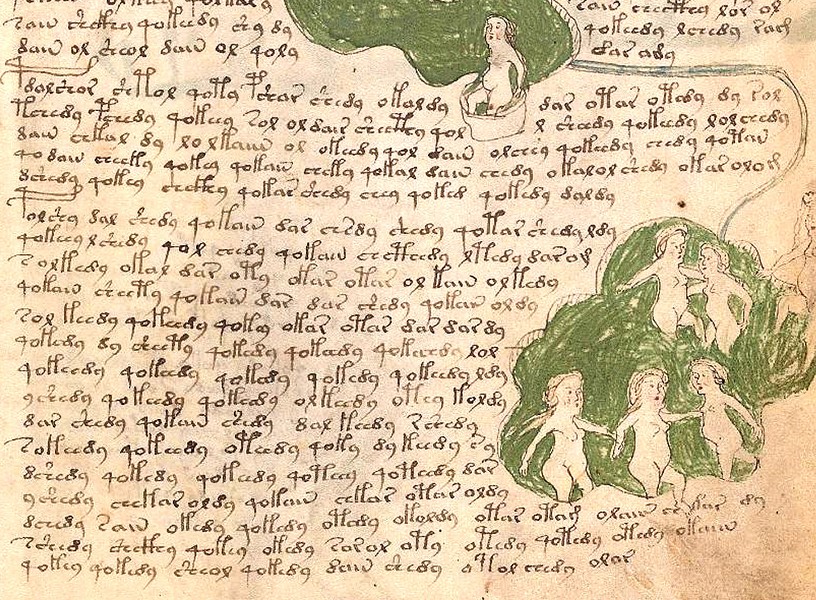

#Voynich manuscript decoded 2021 free
I’m sure I must have reinvented at least one wheel if so, feel free to give or claim credit where credit is due in the comments section. However, I’ve enjoyed reading others’ ruminations enough that I decided it was time to “give back” by sharing my own and then, when I set about writing them up, the results turned out to be so long that if they were a piece of fiction, they’d qualify as a novella rather than a short story. I don’t particularly feel as though I’ve ever gotten anywhere with it. But I’ve also spent odd moments for at least a dozen years past trying to make sense of the Voynich Manuscript more in earnest. Those were both relatively whimsical efforts.

There was my 2015 post “Primeval Animations and the Voynich Manuscript,” in which I go after the claim that the manuscript contains meaningful zoetrope-like animation sequences and also my 2019 post “Griffoynich: A Real Cipher That Mimics Voynichese,” in which I introduce some new ciphers based on moving a token around a lettered game-board which each produce ciphertext that shares some-but by no means all-of the more perplexing characteristics of the Voynich Manuscript text. That might be why I’ve hesitated to publish anything too “serious” here about it. If you want to lay bare a person’s inner cognitive world, you could do worse than locking them away with the Voynich Manuscript for a while and seeing what hypotheses they come up with about it, what unspoken assumptions they make about it, what methods they use to attack it. Its study shares resonances with pareidolia, akin to seeing recognizable shapes in clouds or wood grains, and with the Law of the Instrument, where when your tool is a hammer, everything looks like a nail. As the “world’s most mysterious book,” the Voynich Manuscript is like an inkblot test: whatever people make of it tends to reveal more about them than it does about the manuscript itself.


 0 kommentar(er)
0 kommentar(er)
